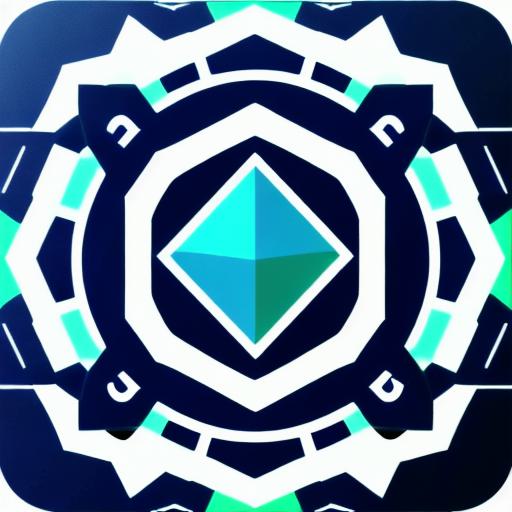Are you ready to take your web development skills to the next level? Look no further than mastering web3 development, a cutting-edge technology that enables decentralized applications (dApps) and smart contracts. With the right tools and techniques, you can create secure, transparent, and scalable applications that harness the power of blockchain technology. In this article, we will provide you with tips and tricks to learn web3 development quickly.
Understanding the Basics of Web3 Development
Before diving into the world of web3 development, it’s important to understand the basics. Web3 development involves building applications that run on decentralized networks instead of centralized servers. These applications are powered by smart contracts, which are self-executing programs that automate tasks and enforce rules.

To get started with web3 development, you will need to choose a programming language and a blockchain platform. Some popular options include Solidity for Ethereum, Rust for Polkadot, and Vyper for EOS. You will also need to familiarize yourself with the various tools and libraries available for building dApps, such as Truffle, Remix, and MetaMask.
Learning from Examples and Case Studies

One of the best ways to learn web3 development is by examining examples and case studies. By studying how other developers have built successful dApps and smart contracts, you can gain valuable insights into best practices and common pitfalls.
For example, consider the popular decentralized finance (DeFi) platform, Uniswap. Built on the Ethereum blockchain, Uniswap allows users to trade cryptocurrencies without the need for intermediaries. By studying the Uniswap codebase and analyzing its performance, you can gain a deeper understanding of how smart contracts work and how to optimize your own applications.
Using Real-World Examples to Illustrate Points
Another effective way to illustrate web3 development concepts is by using real-world examples. For instance, let’s consider the concept of decentralized storage. Instead of storing data on centralized servers, decentralized storage systems use a network of nodes to store and distribute data. This provides several benefits, including increased security, privacy, and scalability.
To illustrate this concept, imagine a social media platform that allows users to upload and share files securely without relying on a central server. Instead, the platform uses a decentralized storage system to store user data, ensuring that it is always available and cannot be easily hacked or deleted.
Comparing Web3 Development to Traditional Development
To truly appreciate the benefits of web3 development, it’s important to compare it to traditional development methods. In traditional development, applications are built on centralized servers, which can be vulnerable to attacks and data breaches. Additionally, these applications are often controlled by a single entity, which can lead to censorship and bias.
In contrast, web3 development allows for decentralized applications that are built on a network of nodes, providing increased security, privacy, and scalability. Smart contracts automate tasks and enforce rules, reducing the risk of human error and fraud. And because dApps are built on blockchain technology, they are inherently transparent and immutable, making it difficult to manipulate or alter data.
FAQs
Q: What tools do I need to get started with web3 development?
A: You will need to choose a programming language and a blockchain platform, as well as familiarize yourself with the various tools and libraries available for building dApps.
Q: Can web3 development be used for any type of application?
A: Yes, web3 development can be used
